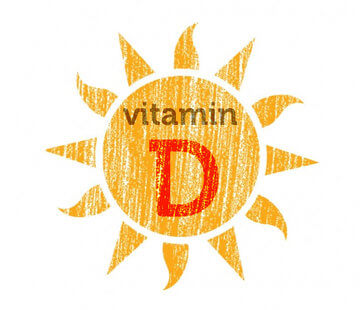
Debunked


Lounging lazily on my balcony last Friday afternoon, soaking up the finest of this city’s rays, I couldn’t quite get the nagging voice of my father out of my head ; “baby wear sunscreen or you’ll get skin cancer”. That’s the thing with most Asian parents – extremes! Before the tan, peeling skin and wrinkles comes Melanoma. But I stubbornly continues to sun bathe rationalizing that it would be a mere 30 minutes before it became too hot to go on and that if the sun’s rays were indeed “all evil” then it would have stifled evolution eons ago.
Early man walked to the tune of the sun! We lived outdoors, retiring into caves only post sunset. It really negates the argument that the sun is a lethal enemy. True you could argue that prior to the benefits of modern living where we receive excellent healthcare and live in sanitary conditions (at least YOU reading this do!), the lifespan of Homo Sapien was far shorter (<50years) and thus, skin cancers didn’t have ‘time’ to materialize BUT there’s no denying that the sun plays a crucial role in our lives apart from giving us a routine.
Much as plants harness the sun’s rays through photosynthesis, our bodies use the sun’s Ultra-Violet B (UVB) rays to help the skin produce Vitamin D. Not quite the newsflash but, did you know that Vitamin D isn’t actually a vitamin by itself? It behaves more like a hormone. It is made in the skin, gets into your bloodstream and then goes into the liver and the kidney where it becomes activated as a key steroid hormone called Calcitriol. It then goes to the intestines, bones and other tissues, effecting metabolic pathways and the expression of myriad genes.
Balance your Vitamin D levels between sun exposure and Eating lots of vegetables and fruits such as blueberries, raspberries, oranges goji berries and pomegranates and supplementing with green powdered mixes and fish oils. Finally, we have to round off by maintaining a healthy lifestyle and that means avoiding excess alcohol, not smoking, keeping your weight in check and exercising regularly. Routine workouts of cardio and weight-bearing exercises will help maintain muscle and bone strength. Even better, go torch these calories outdoors and stock up on that Sunshine Vitamin ;-)

Juggling many roles from physician to writer to pilates instructor to Marketing-PR executive, Dr. Daamini is constantly pushed and inspired to get creative on how to encompass a Retreat into her daily life.
View Profile